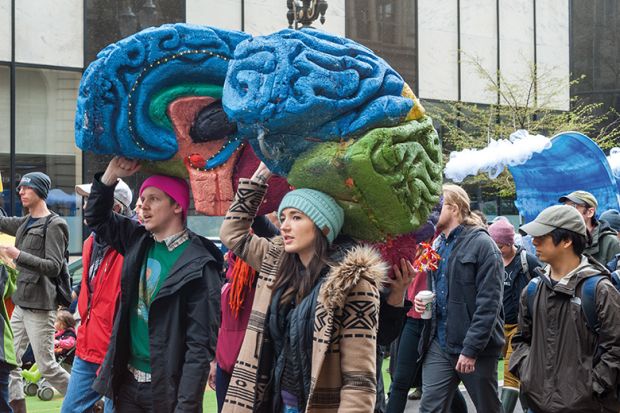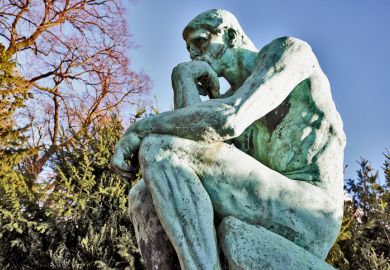As a young information scientist, Christof Koch became excited by the prospect of understanding the elusive phenomenon of consciousness. Thirty years later, now director of the Microsoft-funded Allen Institute for Brain Science, he is still hard on the trail. It’s a crowded field; he is jostling among philosophers, AI enthusiasts and evolutionary biologists all hunting this particular Snark.
The first problem is definition. For Koch, consciousness is simply experience – the unified totality of a person’s perceptions of the world around them and their “state of mind” at any instant, a freeze-frame extracted from the flowing stream, otherwise paused only by sleep or anaesthesia. His search, appropriately for one who in an earlier book described himself as a “romantic reductionist”, is for the brain processes underlying and enabling experience – what he terms the neural correlates of consciousness. Much of the brain is engaged in the information traffic that is required for the routine non-conscious work of keeping its owner alive and functioning in the world – “zombie mechanisms” – but there is one region of the cerebral cortex where, Koch argues, fleeting ensembles of neurons constitute networks that form the substrate of conscious experience.
These ensembles are bound together into what he calls a Whole, although both the constituents and boundaries of that Whole are always in flux. Much of the book is taken up with the development and exemplification of this idea through a version of information theory (Integrated Information Theory, IIT), different from and much richer than the concept of information used by AI and computational theorists.
IIT leads to some surprising conclusions, which Koch explores with some relish. It has been known for many years that in patients who have had surgical interventions for the treatment of epilepsy which involve severing the corpus callosum, that great tract of nerve fibres joining the two halves of the brain, the two hemispheres behave as if unaware of each other’s existence. Each contains its own Whole. Conversely, IIT predicts that if two people were to have their brains linked, these would become a single Whole. Separate identities would be lost and merged into a new unity – that fusion with another which good sex transiently brings would become total.
Which brings us to the book’s subtitle. For most of the AI community, transhumanists and others, if one could build a computer with the complexity of the human brain, it too would be conscious and might eventually supersede humans. Not so, says Koch. A computer would always be a zombie; it might pass the Turing test but would be unable to have an experience. It might simulate a rainstorm, but would not therefore be wet inside. Paradoxically, where most biologists would agree with the claim that consciousness is an evolved property of animals with sufficiently complex brains, Koch goes for pan-psychism: consciousness pervades the universe. Maybe even atoms are conscious, although apparently galaxies are not. It’s hard for me to see what function consciousness might serve for an atom, so you’ll need to read the book to see why it comes to this surprising conclusion.
Steven Rose is emeritus professor of neuroscience at The Open University.
The Feeling of Life Itself: Why Consciousness Is Widespread but Can’t Be Computed
By Christof Koch
MIT Press, 280pp, £22.50
ISBN 9780262042819
Published 24 September 2019
POSTSCRIPT:
Print headline: The constituents making a Whole
Register to continue
Why register?
- Registration is free and only takes a moment
- Once registered, you can read 3 articles a month
- Sign up for our newsletter
Subscribe
Or subscribe for unlimited access to:
- Unlimited access to news, views, insights & reviews
- Digital editions
- Digital access to THE’s university and college rankings analysis
Already registered or a current subscriber? Login







